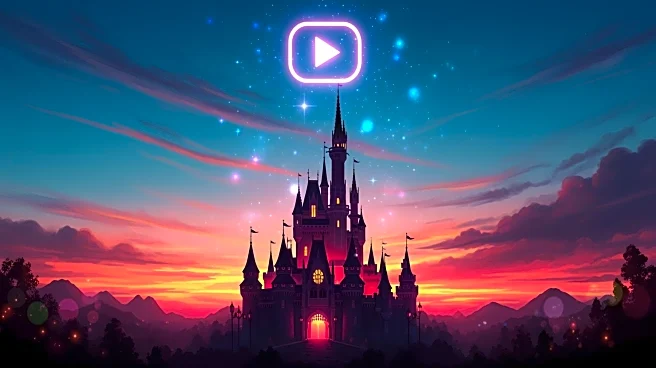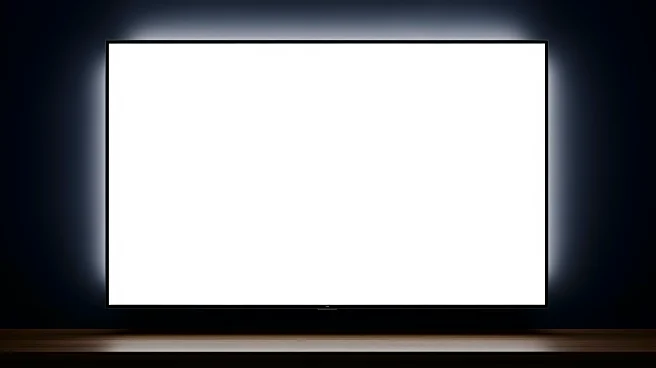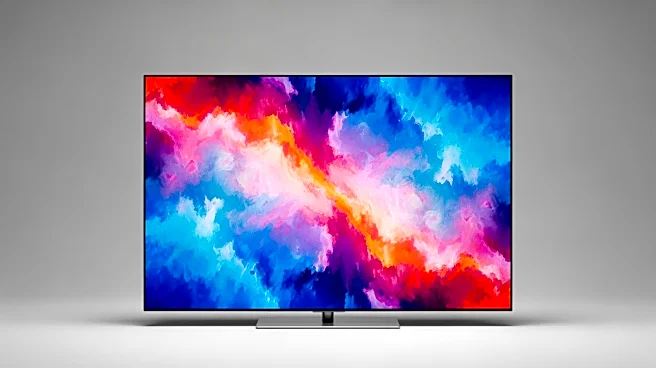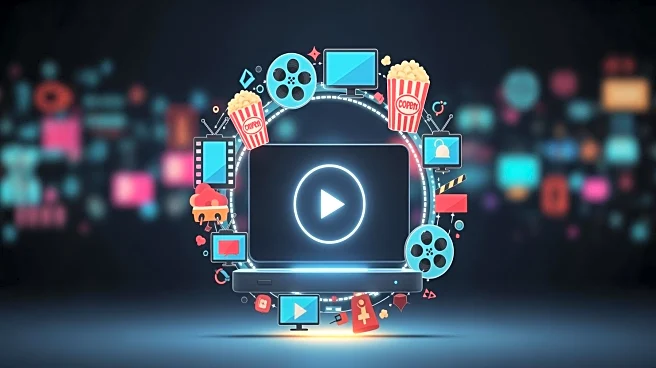What's Happening?
Disney channels, including ESPN and ABC, remain unavailable on YouTube TV due to a contract dispute that has lasted over a week. The disagreement stems from YouTube TV's refusal to accept Disney's proposed
terms, which Disney claims are more favorable than the previous agreement. Disney has made concessions, offering a deal that costs less overall, but YouTube TV argues that the terms would lead to increased prices for its customers. This blackout affects approximately 10 million subscribers, and Disney executives have acknowledged the impact on upcoming sports events. The situation is part of a series of disputes YouTube TV has faced with major network partners, including Fox and NBCUniversal, which were resolved with temporary extensions.
Why It's Important?
The ongoing blackout of Disney channels on YouTube TV has significant implications for both companies and their stakeholders. For YouTube TV, the absence of popular channels like ESPN and ABC could lead to subscriber dissatisfaction and potential loss of customers. Disney, on the other hand, risks losing advertising revenue and viewer engagement during key sports events and popular programming. The dispute highlights the challenges in negotiating fair terms in the evolving landscape of digital streaming services, where content providers and platforms must balance cost and accessibility. The resolution of this dispute could set a precedent for future negotiations between streaming services and content providers.
What's Next?
As negotiations continue, YouTube TV has proposed restoring ABC and ESPN, particularly for Election Day coverage, but Disney insists on fair market terms. Subscribers have expressed frustration, and YouTube TV plans to offer a $20 credit if the blackout persists. The urgency for a resolution is heightened by upcoming sports events and the holiday season, which are critical for advertisers. Both companies are under pressure to reach an agreement that satisfies their business objectives while maintaining customer satisfaction.
Beyond the Headlines
The dispute raises broader questions about the valuation of content in the streaming era and the power dynamics between content creators and distribution platforms. It also underscores the importance of transparent communication with advertisers, who rely on consistent audience delivery for their campaigns. The outcome of this negotiation could influence future contract discussions and the strategies of other streaming services facing similar challenges.











